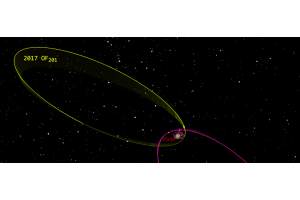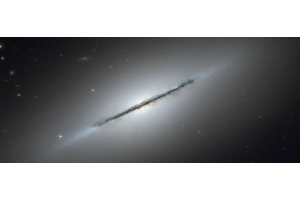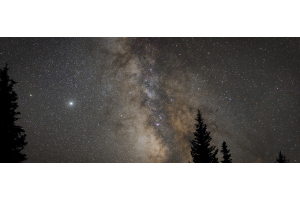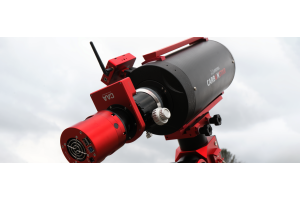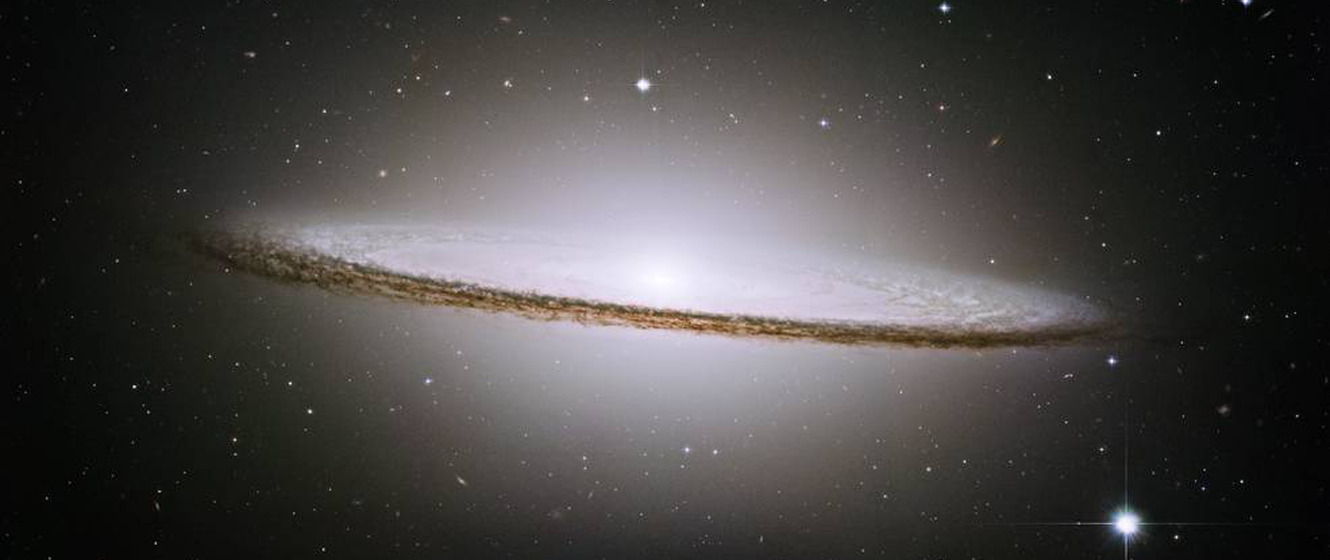
In this episode of What's in the Sky this Month, Teagan reviews some of the beautiful celestial objects you can see in the month of May 2023!
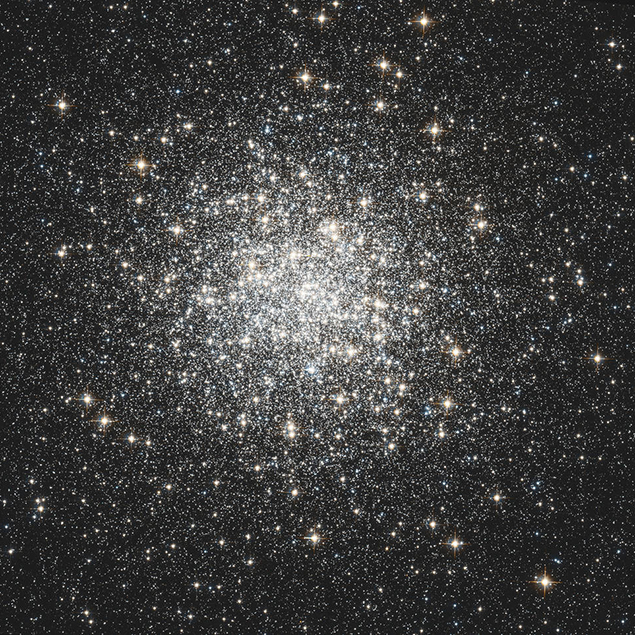
Image credit: NASA, ESA, STScI and A. Sarajedini
(University of Florida)
Messier 3
- Type: Globular Star Cluster
- Constellation: Canes Venatici
- Distance: 33,000 light-years
- Magnitude: 6.2
- Apparent Diameter: 18’
Despite being one of the brightest globular clusters in the sky, Messier 3 (M3) can be difficult to find. It’s located on the border of Canes Venatici and Bootes, about halfway between Cor Caroli and Arcturus, and in an area that’s devoid of bright stars. That being the case, it’s best to star-hop and try locating the cluster with binoculars first. It’s visible through regular 10x50s as a conspicuously fuzzy star.
Telescopically, it appears in the middle of a Y-shaped asterism formed with three other stars. At a low magnification of 35x, it appears bright, circular, and compact, while increasing the magnification to around 75x will allow some resolution. You’ll notice a large, bright core and a halo that uniformly fades towards the cluster’s edge.
OUR NEAREST NEIGHBORS
Uranus is in conjunction with the Sun on the 9th, with Neptune also invisible. However, both Venus and Mars can still be seen in the evening sky, with the waxing crescent Moon to the lower right of Venus on the 22nd, and then to its upper left on the 23rd. The Moon then hangs just above Mars the following night. Rise early and you may see Saturn low in the southeast at about an hour before dawn, with the last quarter Moon to its lower right on the 13th. If you have a clear view toward the east, you may also be able to spot Jupiter low over the horizon from around mid-month onwards. A thin, waning crescent Moon appears slightly more than a degree to its right on the 17th. Looking for a challenge? Try Mercury during the last week of the month. Start looking around 20 minutes before sunrise; you’ll see Jupiter at about 12 degrees above the eastern horizon. Mercury is roughly seven degrees to the lower left on the 23rd, but the gap increases to eleven degrees by the 30th. Lastly, the Moon turns full on the 5th and then new on the 19th.
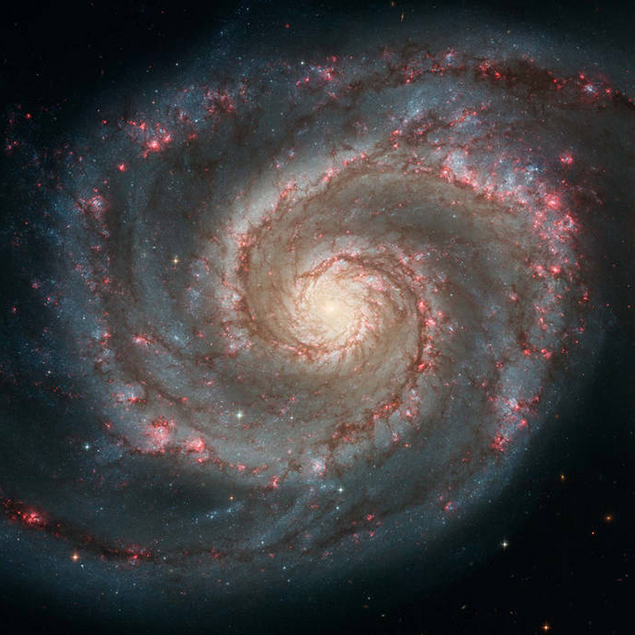
Image credit: NASA, ESA, S. Beckwith (STScI) and the Hubble Heritage Team (STScI/AURA)
Messier 51 - The Whirlpool Galaxy
Messier 51 can be found within the same binocular field of view as Alkaid, the westernmost star of the Big Dipper, and while small scopes will show the galaxy, you’ll probably need a 300mm scope or larger (and averted vision) to see its spiral arms.
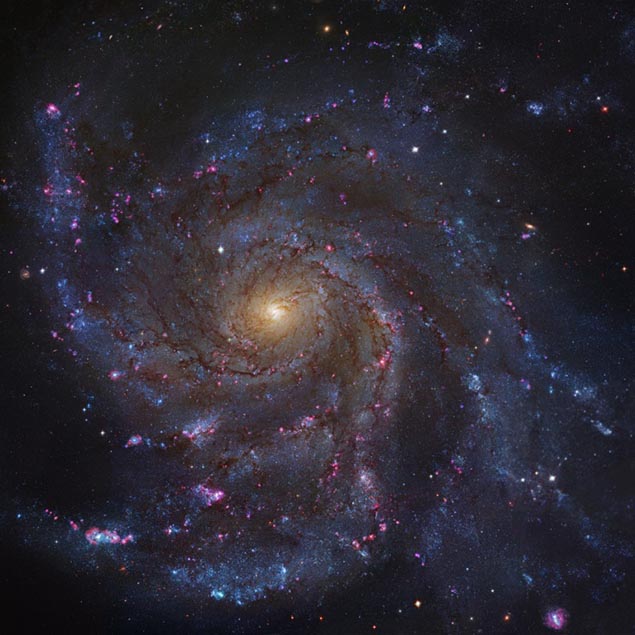
Image credit: Hubble Legacy Archive, ESA, NASA; Processing and additional imaging - Robert Gendler
Messier 101 - The Pinwheel Galaxy
Messier 101, the Pinwheel Galaxy, is a beautiful face-on spiral and, at a distance of 28 million light-years, is one of our nearer galactic neighbors. This is one target that benefits from a UHC filter, with averted vision helping to reveal its spiral arms.
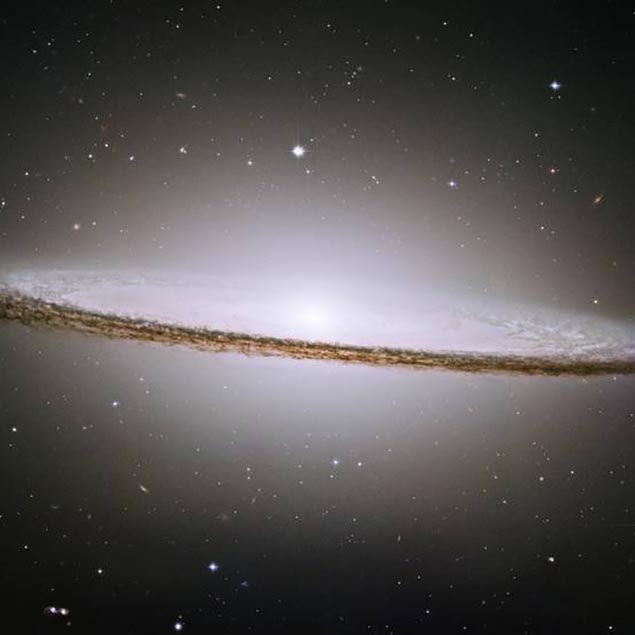
Image credit: NASA and the Hubble Heritage Team
Messier 104 - The Sombrero Galaxy
This almost edge-on galaxy is about the same size as our own Milky Way and has a distinctive, dark dust band that helps to give the galaxy its name. Small scopes show an elongated ellipse with pointed ends, while a medium-sized scope will show the dust lane cutting across the halo.
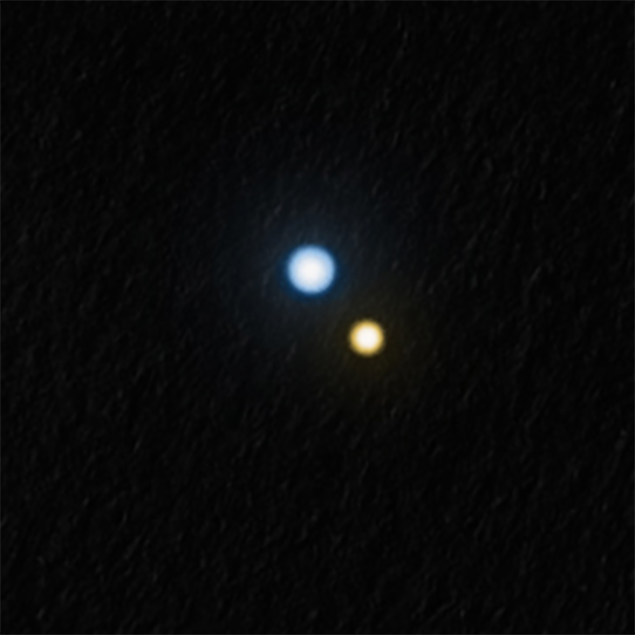
Image credit: Jeremy Perez
Alpha Canum Venaticorum - Cor Caroli
One of the easiest - and best - double stars to observe is Cor Caroli, the brightest star in Canes Venatici. You can find it 14 degrees south of Alkaid and it can be split with almost any telescope at low power.
A magnification of just 26x is all you’ll need to see both components. The primary is white and perhaps 2 or 3 times brighter than the secondary, which can appear pale gold or creamy colored.
STELLAR CONCEPTS
Messier Catalog: Charles Messier was a well-known 19th century French astronomer who specialized in discovering comets. As many deep sky objects can appear comet-like, Messier compiled his catalog to avoid mistaking them for new comets. Curiously, there are star clusters in the catalog that are clearly not comets (eg, M45, the Pleiades in Taurus) while other clusters were inexplicably ignored (eg, the Double Cluster in Perseus).









